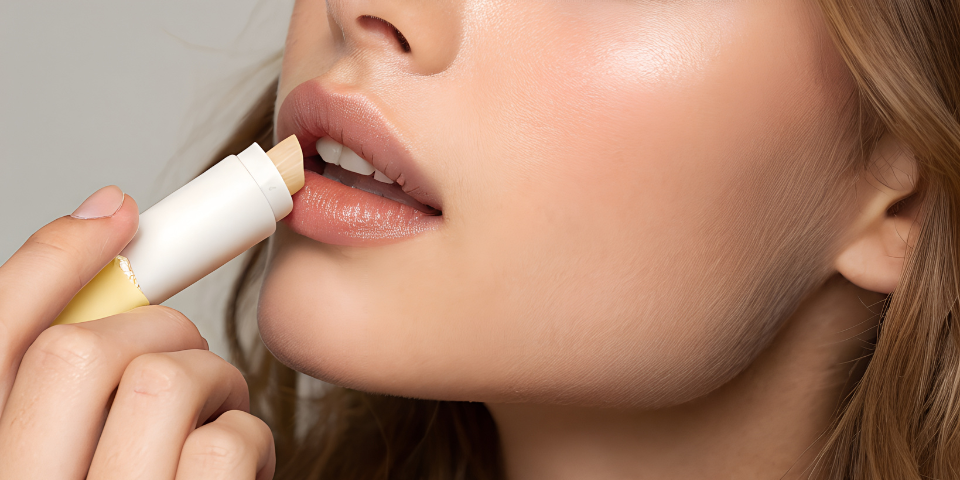Dry, tight, or flaky skin often feels like it’s calling out for help. That’s the way your skin is telling you it needs protection and hydration. The market is full of endless skincare products, but two names often arise when it comes to locking in moisture: moisturizing balms and moisturizing jellies.
Why Your Skin Needs Extra Hydration
Factors like cold weather, central heating, hot showers, harsh soaps, and even stress can strip away the skin’s natural oils. Once this happens, your skin barrier weakens, and it loses its ability to hold onto water.
The result? Itchy patches, rough texture, and sometimes even irritation. That’s why dermatologists always remind us: hydration is not just about drinking water; it’s also about giving your skin the right products that seal in moisture and repair its protective barrier.
What Is a Moisturizing Balm?
A moisturizing balm is usually thick, rich, and buttery. Think of it as a comfort blanket for your skin. Balms are packed with nourishing oils, waxes, and butters (like shea butter, cocoa butter, or beeswax). These ingredients are occlusive, meaning they form a barrier on your skin to prevent water from escaping.
When should you use a balm?
- If you have very dry, cracked skin.
- During cold winters or windy weather.
- For overnight repair (they work well as a night treatment).
- On small dry areas like elbows, heels, or around the nose.
Pros of balms:
- Deeply nourishing.
- Perfect for eczema-prone or sensitive skin.
- Long-term protection.
Cons of balms:
- Not always work best for oily or acne-prone skin.
- Can feel heavy or greasy.
What Is a Moisturizing Jelly?
A moisturizing care jelly is known for its lighter texture. It comes with a gel-like consistency that feels refreshing and cooling when applied. Many jellies are prepared with ingredients like aloe vera, glycerin, or hyaluronic acid that hydrate the skin without feeling oily or sticky.
Moisturizing Care Jelly products in UK are becoming popular because they work well in moderate weather conditions and hydrate the skin without weighing it down.
When to use a jelly:
- If your skin feels dehydrated but not extremely dry.
- During warmer months when you don’t want heavy products.
- For oily or combination skin types.
- As a base before makeup (since it absorbs quickly).
Pros of jellies:
- Lightweight and fast-absorbing.
- Refreshing and cooling feel.
- Suitable for all skin types.
Cons of jellies:
- May not be strong enough for very dry or cracked skin.
- Sometimes needs layering with another moisturizer in winter.
Balm vs Jelly: Which One Is Right for You?
- For very dry skin: Go for a balm. It acts like a heavy-duty repair cream and will keep your skin comfortable all day or night.
- For normal to oily skin: A jelly is your best buddy. It hydrates your skin without making it greasy.
- For seasonal use: You will need a jelly in summer and a balm in winter. By switching products based on the season, you can give a perfect balance to your skin.
Conclusion
Your skin is constantly exposed to the environment and it cries out for hydration. Both moisturizing care jellies and moisturizing balms work at their level best, but you should make the right choice depending on your skin needs.
The good news? You don’t have to rely on just one forever. Many people keep both in their skincare routine, using a jelly for daily hydration and a balm when their skin feels extra thirsty.
You just need to listen to your skin, and it will thank you with a healthy and glowing look.





